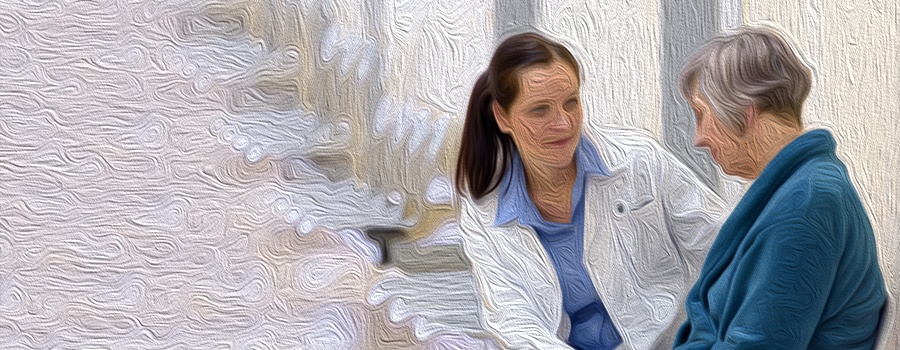On Oct. 3, 2018, the Centers for Medicare and Medicaid Services announced updates to Chapter 13 of the Medicare Program Integrity Manual, which deals with Local Coverage Determinations. According to CMS, the updates are intended to “increase transparency and patient engagement.”[1] These changes call for informal meetings with interested parties before a formal request is submitted to the Medicare Administrative Contractor. Educational meetings can be held in local jurisdictions and can be either in-person, teleconference or web-based. Additionally, the changes to the manual set forth a roadmap for how the MAC issues an LCD.
LCDs are issued by MACs when there is no national determination on whether an item or service is covered. The idea is that the regional MACs will take into account local variations in the practice of medicine when issuing the LCD. For example, Palmetto GBA, Alabama’s MAC for Medicare Part A and B has issued an LCD on allergy testing (L33417).
According to a Medicare Learning Network publication[2], CMS’s updates were a result of feedback from providers and healthcare associations who were concerned that beneficiaries were not receiving necessary products and procedures due to deficiencies in the LCD process, such as notification of revisions to and drafting of LCDs. The new LCD process is intended to allow for more interaction with stakeholders before and during LCD development.
The “Roadmap”
1) Requests for LCD
MACs will consider requests from beneficiaries residing or receiving care in the MAC’s jurisdiction, health care professionals doing business in the MAC’s jurisdiction or any interested party doing business.
A request is deemed complete if the request:
- Is in writing and is sent to the MAC via e-mail, facsimile or written letter.
- Clearly identifies the statutorily-defined Medicare benefit category to which the item or service applies.
- Identifies the language the requestor wants in an LCD.
- Includes justification supported by peer-reviewed evidence. Full copies of the published evidence must be included.
- Addresses relevance, usefulness, clinical health outcomes, or the medical benefits of the item or service.
- Fully explains the design, purpose, and/or method as appropriate of using the item or service for which the request is made.
2) Consideration of the LCD
The new guidelines suggest that MACs supplement the requests or proposed LCDs with clinical guidelines, consultation with experts, medical associations or other health care professionals. This information is to be summarized prior to drafting or finalizing the LCD.
3) Publication
A proposed LCD will be published on the Medicare Coverage Database (MCD) website at https://www.cms.gov/medicare-coverage-database/overview-and-quick-search.aspx
Once published, MACs will allow 45 days for public comment. There are some exceptions to the publication requirement.
4) Contractor Advisory Committee (CAC)
A CAC will be established from each state and will be composed of healthcare professionals, beneficiary representatives and representatives of medical organizations. The purpose of the CAC is to assist in the evaluation of the evidence in developing LCDs and communicate between the MACs and healthcare community. This is an advisory committee with the ultimate authority residing with the MACs.
5) Open Meetings
After the LCD publication, the MAC will hold an open meeting to discuss the rationale and evidence supporting the LCD. Interested parties can also make presentations at these meetings. The date and location of the meetings must be publicized by the MAC.
6) Publication of Final Determination
After the close of the comment period and the required public meeting, the final LCD and Response to Public Comment will be published on the MCD (see link above). MACs must respond to all comments received during the comment period.
7) Notice Period
The date the final LCD is published on the MCD marks the beginning of the required notice period of at least 45 days before the LCD can go into effect. If the notice period is not extended by the MAC beyond the 45 days, the LCD is effective on the 46th calendar day.
Additional changes include the retirement (or expiration) of all proposed polices if not finalized within one year after the original posting date and a removal of all ICD and CPT codes from LCDs.
For more information on the changes to Chapter 13, visit https://www.cms.gov/Outreach-and-Education/Medicare-Learning-Network-MLN/MLNMattersArticles/downloads/MM10901.pdf.
[1] CMS Accelerates Innovation and Promotes Patient Access to Medical Technology, https://www.cms.gov/newsroom/press-releases/cms-accelerates-innovation-and-promotes-patient-access-medical-technology
[2] https://www.cms.gov/Outreach-and-Education/Medicare-Learning-Network-MLN/MLNMattersArticles/downloads/MM10901.pdf
Angie Cameron Smith is an attorney at Burr & Forman LLP practicing within the firm’s Health Care Industry Group. Burr & Forman LLP is a partner with the Medical Association.
